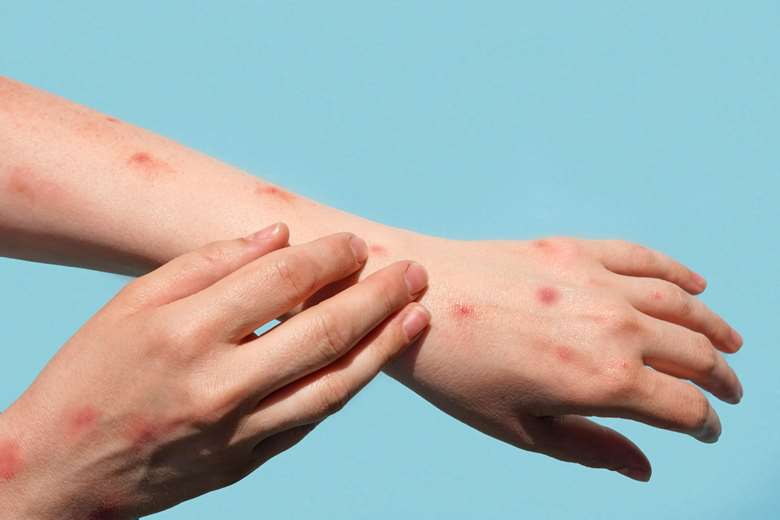
Some people compare it to SARS-COV-2 or worse.
*It really is completely different.*
Its transmission requires close sustained contact. In this outbreak it seems to be spreading through sexual contact, though the role of semen/vaginal transmission is not known. It may just be from skin to skin contact with the lesions. In some cases the lesions have been primarily or solely in the genital area. But they can be all over the body and in the mouth as well.
Most cases have been in men who have sex with men who have multiple partners. But we have seen cases outside those networks and we may see other groups get infected in the future.
Transmission is via contact with the lesions and their fluids, or less common with saliva/droplets from the oral lesions. Airborne transmission has not been documented (there have been some cases of unknown transmission). No transmission has been seen among passengers in airplanes near infected, showing how it doesn't spread by casual contact. Transmission can occur via fomites, so sheets and towels of an infected person should be washed and segregated.
Fortunately the clade involved in this outbreak is the milder monkeypox clade. We've only seen 5 deaths in this outbreak, all in Africa, among over 14k cases globally. The R0 and IFRs for monkeypox are fairly rough estimates that aren't very generalizable to this outbreak given most monkeypox outbreaks have been isolated to Africa and generally only imported cases outside Africa had been seen. But in general monkeypox isn't very transmissible and this clade isn't very deadly.
The incubation period for monkeypox is quite long ~1-3 weeks. Asymptomatic transmission has not been seen. So contact tracing and testing can be quite effective at containment with this virus. Symptoms can include fever, body aches, and fatigue and the rash. In some individuals, only the rash has been seen. The rash can often appear like pimples, but more painful and itchy. They progress from flat lesions to more pustular fluid-filled lesions like pimples and herpes simplex before scabbing over.
And fortunately the vaccine is highly effective and can be used before and after infection. We actually have two vaccines that could potentially be used, but side effects generally rule out using one of the vaccines unless necessary. The JYNNEOS vaccine is ~85% effective at preventing monkeypox and even more effective at preventing severe disease. It can be used up to two weeks after infection as well. If used in the first four days of infection it can prevent disease entirely, and if used 4-14 days after infection it can reduce severe disease.
Also there is some residual population immunity for those that received the smallpox vaccine decades ago. However that protection has waned, particularly for those vaccinated much earlier. There are some individuals that received the smallpox vaccine after the public vaccination campaign ended as well, including some military and medical personnel.
Vaccine supply of JYNNEOS is increasing in the weeks and months ahead. Right now supply is limited, so it is being preferenced for groups at risk of high exposure, including those with known contact with an infected or individuals who have multiple sex partners in an area of known monkeypox transmission.
 hiveblocks
hiveblocks